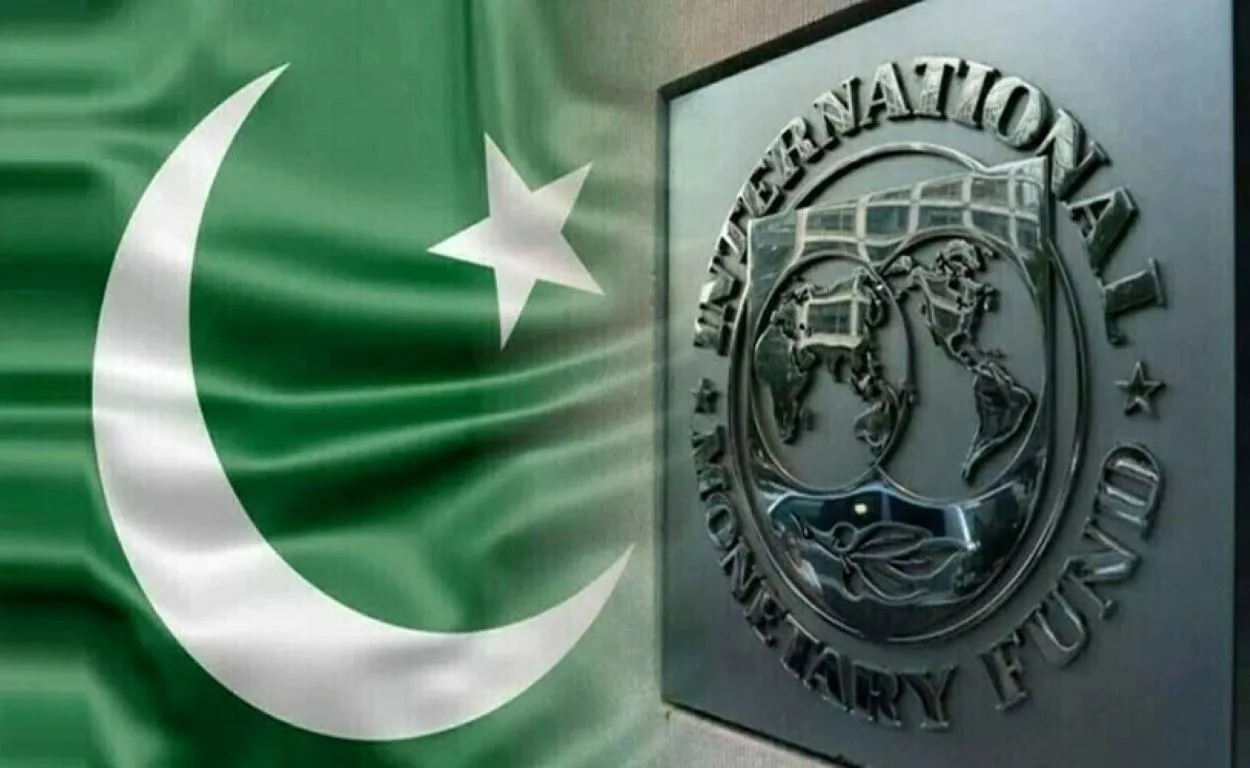The federal government has initiated a comprehensive plan to achieve zero net growth in the power sector’s circular debt for the current fiscal year. This move is a critical requirement. It is essential for the release of a $1.2 billion loan tranche from the International Monetary Fund (IMF).
Without intervention, Pakistan’s power sector circular debt was projected to increase by Rs735 billion this year. It would have soared from Rs1,615 billion to nearly Rs2,350 billion. This alarming growth has prompted decisive corrective measures.
Official sources confirm that the IMF has made the zero-debt-inflow target a non-negotiable condition. This is part of its Extended Fund Facility (EFF) program.
Read: Electricity Prices Set to Drop in Pakistan 65 Paisa per Unit
The government’s strategy involves multiple reforms to curb the projected Rs735 billion increase. The three primary operational measures are expected to reduce the debt surge by Rs212 billion:
- Annual Rebasing: Projected to generate Rs55 billion in additional revenue.
- Reduced DISCO Losses: Aims to contribute Rs18 billion in savings.
- Improved Recovery Rates: Expected to add Rs121 billion.
To address the remaining Rs522 billion gap, the government will deploy direct financial measures. This includes a principal repayment of Rs 120 billion. It also involves approximately Rs400 billion in scheduled payments to government-owned power plants and Independent Power Producers (IPPs).
Combined, these actions are designed to ensure the total circular debt stock does not increase by the end of the fiscal year. This fulfills the government’s commitment to the IMF program.






